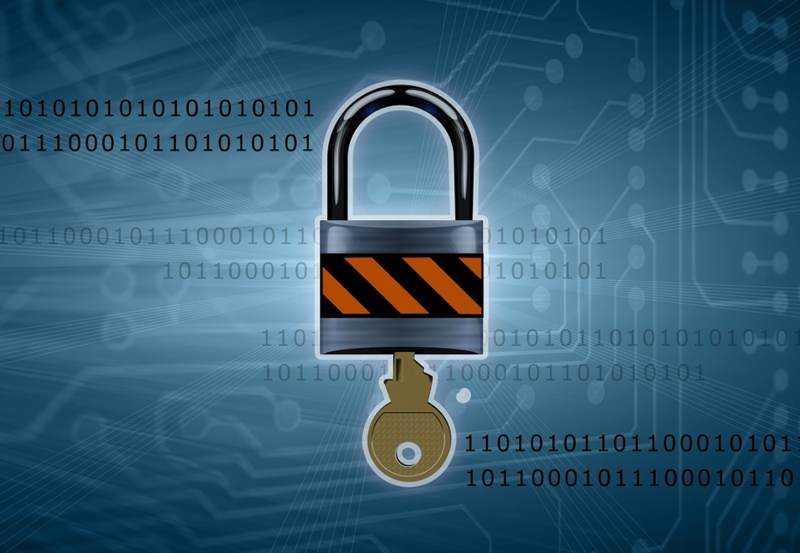Cyber reinsurance, retro & ILS all critical to market expansion: S&P

The cyber insurance marketplace needs the backing of robust and healthy cyber reinsurance, cyber retrocession and cyber insurance-linked securities (ILS) markets, if it is to achieve its potential, according to S&P Global Ratings.
The rating agency believes reinsurance capacity and depth of capital to support cyber risks, will be key in the cyber insurance market growing to the levels required to deliver the protection the world requires.
“Growth in cyber insurance will depend heavily on reinsurance to provide capital and manage accumulation risk,” S&P found after surveying global multiline insurers (GMIs) and global reinsurers about the potential of the cyber risk market.
“Cyber insurance is still the fastest-growing subsector of the global insurance market. This subsector relies to a great extent on reinsurance protection, and we believe reinsurers remain critical to the sustainable growth of the market,” explained S&P Global Ratings’ credit analyst Manuel Adam.
There has long been an issue in cyber insurance, that the build-up of reinsurance and importantly retrocession capacity has not been able to sustain a pace to provide the necessary supportive capacity, to enable cyber insurers to really fulfil their role in closing protection gaps.
S&P sees annual cyber insurance premiums as having reached about $12 billion at year-end 2022, but expects continued expansion of this market to around $23 billion by 2025.
But the rating agency says, “We believe the industry will need to encourage more sustainable underlying growth that is not largely led by rate increases.
“This growth will depend heavily on market participants addressing systemic cyber risk, more insurers providing coverage with the support and expansion of the reinsurance, retrocession, and insurance-linked securities markets, as well as more small-to-midsize enterprises purchasing cyber insurance.”
S&P believes that “Reinsurers will remain an important pillar in the development of a sustainable and effective cyber insurance market.”
Cyber insurers utilise a lot of reinsurance, with typically 50% to 65% of premium ceded to reinsurers, as of 2022.
“The reinsurance market and, eventually, the retrocession market will therefore be extremely important in providing capital and capacity to support further GPW growth,” S&P explained.
Reinsurers’ underwriting and modelling expertise is also key to developing the marketplace, S&P believes, but pricing is also key.
“Despite larger reinsurers signaling that they are close to capacity, we see other reinsurers exploring opportunities to increase their exposure to cyber risk. This would help the market expand responsibly, with a diverse range of reinsurers,” S&P says.
But they note, “We don’t expect the market to soften as it has for primary cyber insurance. This is evident from the reinsurance segment’s higher rate adjustments so far in 2023. Reinsurers also need to regain underwriting profitability in their cyber portfolios.”
As a result they, “Expect more rate increases for cyber reinsurance business this year.”
Retrocession is seen as a vital component of a healthy and functioning cyber re/insurance market.
S&P explained, “So far, retrocession capacity for cyber reinsurers has been limited; total retrocession utilization is only 11% according to our statistics. Only a few large reinsurers have allocated capacity to this submarket. We understand this is because they wish to avoid a potential increase in accumulation and concentration risks across their cyber portfolios.
“In addition, because most retrocession offerings come from potential competitors in the reinsurance market for this line of business, reinsurers have hesitated to share underwriting and claims data with retrocessionaires. This has hindered the industry’s ability to establish a comprehensive retrocession market.”
S&P Global Ratings added, “In our opinion, the cyber re/insurance market would benefit from the development of a more comprehensive retrocession and insurance-linked securities market, supported by government risk pools.”
Larger players are now showing an increasing appetite for event-based reinsurance and retrocession structures, like aggregate excess-of-loss, aggregate stop-loss, and tail-risk occurrence cyber reinsurance, which requires a build-up of capacity so the market can move away from its reliance on quota shares.






